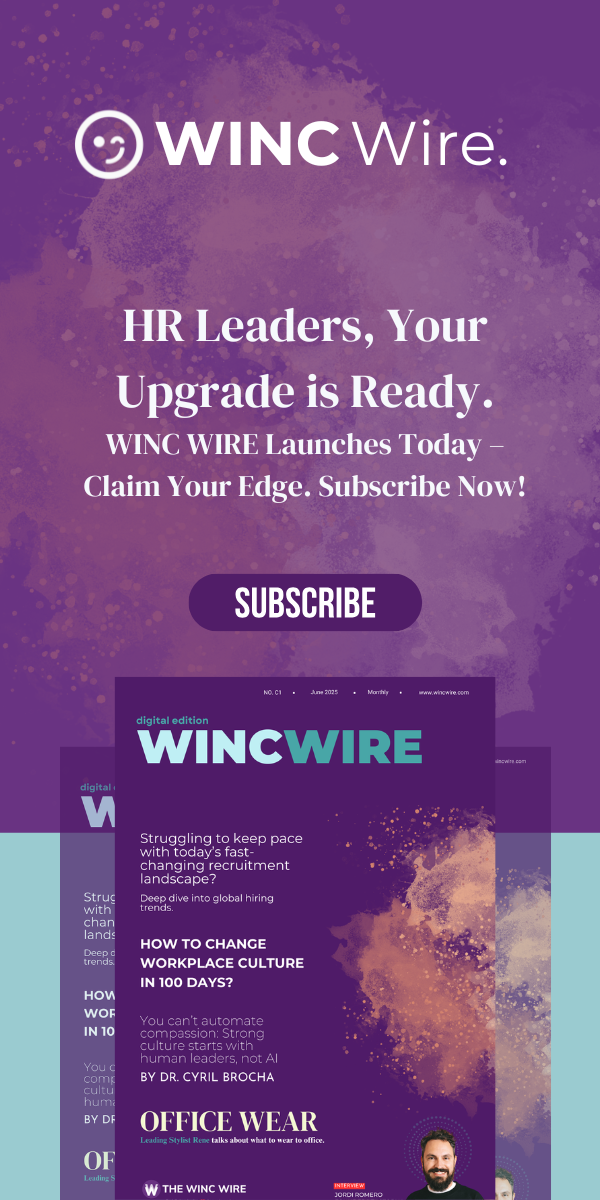Embracing inclusive hiring isn’t a box-ticking exercise it’s a strategic advantage. As someone who’s navigated leadership roles across the hospitality, HR, and automotive sectors, I’ve seen first-hand how people-first recruitment practices shape future-ready organisations. This guide distils those experiences into actionable steps to create a hiring process rooted in fairness, clarity, and purpose.
Why Inclusion Can’t Be Optional
It’s unsettling, but true: CIPD data shows just 28% of UK employers train all interviewers on equality law and unbiased practices. Even fewer audit job ads for bias or validate their selection tests. If we’re serious about building cultures of excellence, we must confront these blind spots.
During my time leading global talent teams, I witnessed how unconscious bias left unchallenged stifled innovation and hindered growth. But when organisations embraced inclusive hiring with intention, we unlocked incredible potential.
EDI: A Shared Foundation for Growth
Equality ensures a level playing field—opportunities based not on background, but ability.
Diversity values the richness of individual differences—be it race, age, disability, or lived experience.
Inclusion is what binds it together—a culture where everyone belongs and is empowered to thrive.
In practice, this means moving beyond surface-level gestures. Real transformation requires a willingness to rethink how we define, attract, and evaluate talent.
Rethinking Job Descriptions: From Vague to Visionary
Define behaviours, not personalities: “Natural leader” means little. “Managed a team of five with accountability for performance reviews” paints a clearer picture. Once we made this switch, we noticed a shift in who applied—and who succeeded.
Language audits matter: Masculine-coded terms like “dominant” or “decisive” subtly exclude. Tools that assess gendered language helped us open doors to candidates previously deterred.
Flexibility by design: Whether it’s part-time, hybrid, or job-share—be explicit. When we built flexibility into our job ads, we saw a surge in applications from carers, disabled professionals, and returners.
Pay transparency builds trust: Publishing salary bands is not only ethical—it’s smart. We found it addressed negotiation imbalances, especially for women and ethnically diverse candidates, levelling the field.
Casting a Wider Net: Attracting Underrepresented Talent
Be deliberate with job boards: Seeking female tech talent? Consider platforms like Mumsnet. Looking to engage ethnically diverse professionals? Sites like BME Jobs offer access to fresh pipelines.
Tap into internal networks: Encouraging referrals from underrepresented groups helped us dismantle the echo chamber of traditional hiring.
Invest in outreach: Long-term partnerships with schools, unis, and charities widened our reach. These efforts not only built talent pipelines but strengthened our reputation as an inclusive employer.
Designing an Equitable Candidate Journey
Transparent comms at every stage: From FAQs to timeline guides, setting expectations made our candidates feel seen—and reduced anxiety.
Offer adjustments proactively: Don’t wait for disclosure. We built adjustments—like extended test times and video captioning—into the process by default.
Anonymise applications: When we removed names, dates, and demographics, our shortlists became more diverse. It’s a simple fix with a profound impact.
Rethink timeframes: Rather than fixating on dates, we assessed the depth of experience. This approach better accommodated career gaps often linked to caregiving or illness.
Consistency Through Structured Assessment
Scripted interviews level the field: Standard questions scored against clear criteria reduced bias and sharpened our selection accuracy.
Real-world tasks reveal potential: Instead of theoretical questions, we asked candidates to complete role-relevant challenges. These exercises were better indicators of capability and more equitable.
Beyond the Offer: Embedding Inclusion Post-Hire
Provide meaningful feedback: Yes, it takes time. But it fosters growth and demands rigour from hiring managers.
Encourage second chances: We kept a warm pipeline of candidates who narrowly missed out. Many went on to shine in future rounds.
Measuring What Matters
Set tangible diversity goals: We tracked every stage application to offer by demographic data (with consent). This visibility highlighted gaps and progress.
Analyse for impact: Beyond the numbers, we interviewed candidates for qualitative insights. Their stories revealed barriers the data missed.
Evolve continuously: We treated every hiring round as a chance to learn. Iteration, not perfection, was our mantra.
Final Word: The Case for Courage
Inclusive hiring isn’t just a policy it’s a philosophy. One that asks us to challenge the familiar, confront our biases, and build systems where everyone has a fair shot.
Done right, it unlocks better talent, stronger culture, and long-term resilience. The future of work is inclusive if we have the courage to create it.
Let’s not wait. Let’s lead.





